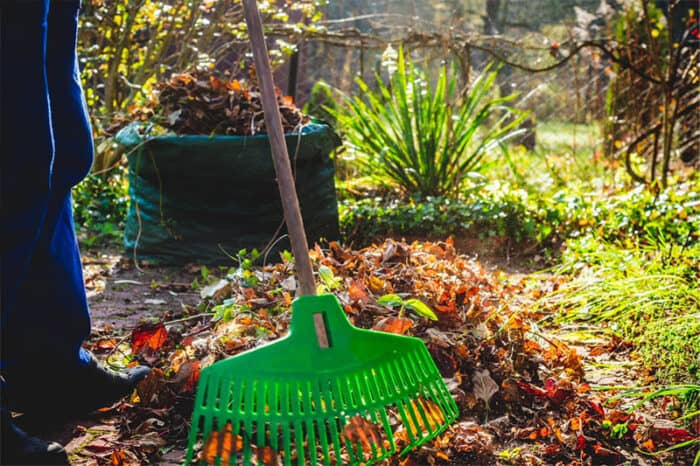
Top Tips to Get Your Lawn Ready for Fall
Autumn isn’t a time that most people would consider much lawn care, for your grass will go dormant during the winter months. Still, the fall is a key time to prepare your lawn for beautiful growth in the spring. The season’s cool and damp weather helps grassroots develop much better than in the hotter months. Paying attention to your lawn during this growing period would pay off as spring returns.
Here are several fall lawn maintenance steps that will help the future of your lawn:
Water your lawn as needed
Autumn is a cooler time, so rain that occurs then is less likely to evaporate. The season provides lots of natural moisture, and the grass can sustain itself through that. But, for lawn care, you should keep an eye on how much water your grass gets in the fall with a rain gauge.
If your lawn isn’t getting an inch or more of moisture each week, water it. Irrigating your lawn will make this more successful, as well.
Keep up with mowing your lawn
Until frost comes in the winter, grass does continue to grow, even if the temperatures have dropped come autumn. You should continue cutting your lawn at its normal height until the frost comes. Be particularly mindful if you live in Southern states, which are less inclined to freeze.
If you do stop mowing your lawn at a point during the winter, you should perform maintenance on your lawn mower, “winterizing” it during that time to keep it safe.
Rake the leaves
Your grass needs sunlight to grow, so a blanket of fallen leaves can interrupt healthy growth for your lawn. And the moisture that the leaves hold can lead to the growth of lawn fungi. Raking the leaves regularly will help your lawn survive, and it will help remove thatch that may have accumulated.
Leaf blowers and vacuums don’t remove thatch, so it’s important to use a traditional rake on occasion. Start raking when leaves fall to keep passageways open. Even during the winter months, after tree branches have lost all their leaves, you should rake when the wind blows them onto your lawn, perhaps weekly.
Aerate your lawn
Aeration is the lawn care maintenance method used to remove soil plugs from your yard to keep the topsoil loose. During the summer, it’s possible that your lawn suffered from some degree of heat stress and compacted soil. These things cause most, if not all, thinning or brown grass on your lawn.
Aerating the lawn frees up passages in the dirt so that nutrients can reach the roots of grass, giving it a better chance of healthy growth. Doing this in autumn can keep your lawn green and healthy during the next warm season.
The most effective way to aerate the lawn is with professional machinery and under the advisement of lawn care experts, which LawnCare.net can help you find.
Lawn Pest Control
Insects living in your lawn may prove problematic once your grass grows after winter ends. If you notice a lawn pest problem, address it in the fall in order to limit the damage. You can use a pesticide or consult a lawn care professional to fix the problem of pests, such as armyworms or grubs.
Use Fertilizer
Fertilize your lawn in the fall if you want your grass to grow thick, green and healthy. Using a nitrogen-rich fertilizer in the autumn months is key to having a healthy lawn, for it will give your lawn plenty of nutrients to survive the winter and grow stronger in the spring.
For best results, fertilize soon after aerating the lawn, for it will help the nutrients reach deeper into the soil.
Seed in the Fall
Filling bare and burned spots on your lawn with grass seed can help you fix damaged areas that happened in summer. When you reseed, be sure to select the proper grasses.
Be mindful, for seeds that don’t touch your soil will not germinate and grow, and it can be difficult to cover an area with seed thoroughly. Consult a lawn expert for advice on seeding, including power seeding potions.
Keep a Fall Lawn Maintenance Schedule
Every one of these tips will be most effective if you perform them like clockwork, following a strict schedule. If you seed and fertilize the lawn too close to the colder months, the soil may not be able to take in its necessary nutrients. If you aerate while it’s too hot out, the process may not be as effective.
Employing an expert you find through LawnCare.net might help you best address your lawn’s needs and issues in the fall.
